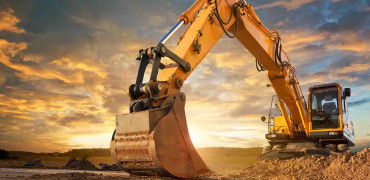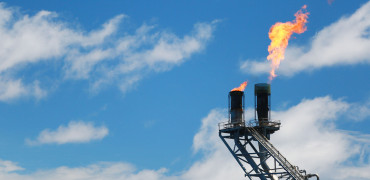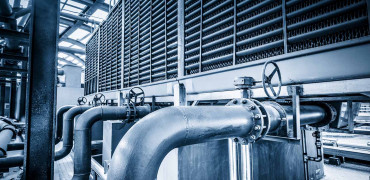If you’ve ever seen old black and white news footage of London from the middle of the last Century, you may notice people walking around with sandwich boards and placards proclaiming that ‘the end of the world is nigh!’.
Whilst they may have been 6 or 7 decades out, you could be forgiven for thinking that they had a point if you watch the news from around the world with extreme weather, flash flooding, forest fires, and melting polar regions.
Which is why the next few days are so important with the World Green Building Week (WGBW) as the world’s largest campaign to accelerate sustainable built environments across the globe.
It’s held every year from the 11th to the 15th September and is organised by the World Green Building Council (WorldGBC), led by a global network of over 75 Green Building Councils and their 46,000 members.
In an era marked by environmental challenges and the pressing need to combat climate change, the significance of a more sustainable built environment cannot be overstated.
World Green Building Week serves as a reminder of our collective responsibility to create a greener, more sustainable future, with the built environment at the centre of this challenge.
This week-long initiative not only highlights the importance of eco-friendly construction but also emphasizes the power of collaboration in driving positive change.
The challenges we face are complex, and no single entity can address them alone
We must stop burning ‘stuff’
One of the solutions taking centre stage during World Green Building Week is the integration of heat pumps into building systems.
Heat pumps are a prime example of proven technology that can be applied today to meet these challenges of building more sustainable properties but also refurbishing those that will be with us for many more years to come.
These systems work by transferring heat from one place to another using minimal energy, making them incredibly efficient for both heating and cooling purposes when this is a requirement.
By utilising heat pumps, buildings can drastically reduce their carbon footprint and energy consumption.
Many homeowners now realise that they can’t just keep burning gas to keep their homes warm but changing government incentives and slow growth in the market size for heat pumps have meant the progress away from gas boilers to renewable heating is taking longer than it needs to.
On the commercial side though, things are moving apace as many local authority and educational buildings have been converted to heat pumps through what’s commonly known as Salix funding, and developers and building owners knowing that they need to move away from older, dirtier heating systems to avoid stranded assets.
Private companies too have now woken up to the fact that the energy performance of their buildings is under scrutiny as never before, so many are already planning budgets to remove gas from their sites over the next few years.
Working together
However, to work as quickly and effectively as we would all like, the implementation of these technologies requires collaboration on multiple fronts.
The building industry, governments, environmental organisations, and communities must come together to create a holistic approach to sustainable building.
Architects and engineers play a vital role in designing structures that are not only visually appealing but also energy-efficient, making the most of natural light and ventilation while minimising energy demand.
Government policies and incentives further encourage the adoption of green building practices, pushing the industry toward a more sustainable path.
Crucially, collaboration extends beyond the immediate stakeholders in the construction sector.
Community-driven
The engagement of communities is equally essential. When communities understand the benefits of green buildings and sustainable technologies like heat pumps, such as better air quality as no fossil fuels are being burned, they readily become advocates for change.
Public support can sway policymakers, drive market demand for eco-friendly features, and encourage more widespread adoption of sustainable building practices.
World Green Building Week underscores that our efforts to combat climate change are intrinsically linked to the spaces we inhabit. It reminds us that sustainability is not an isolated endeavour but a shared responsibility.
The challenges we face are complex, and no single entity can address them alone.
By fostering collaboration among architects, engineers, governments, communities, contractors, manufacturers and users, we can amplify our impact and accelerate the transition to a more sustainable built environment.
In conclusion, World Green Building Week serves as a call to action, inviting us to envision a future where buildings are not just structures, but assets on our collective journey to Net Zero.
Through collaboration, we can transform this potential into reality and pave the way for a greener, more sustainable world.
Martin Fahey is Head of Sustainability for Mitsubishi Electric UK & Ireland Branch




